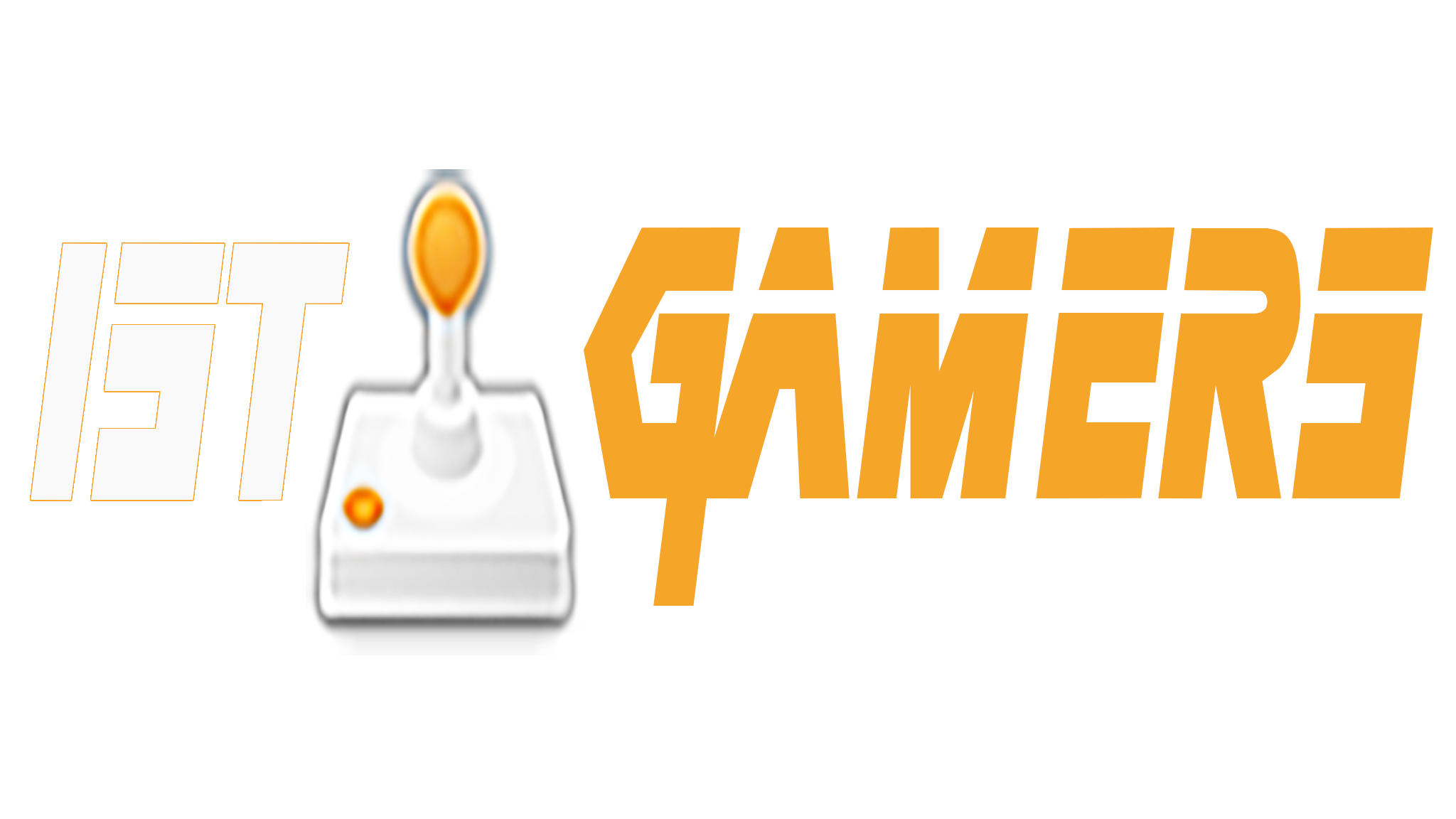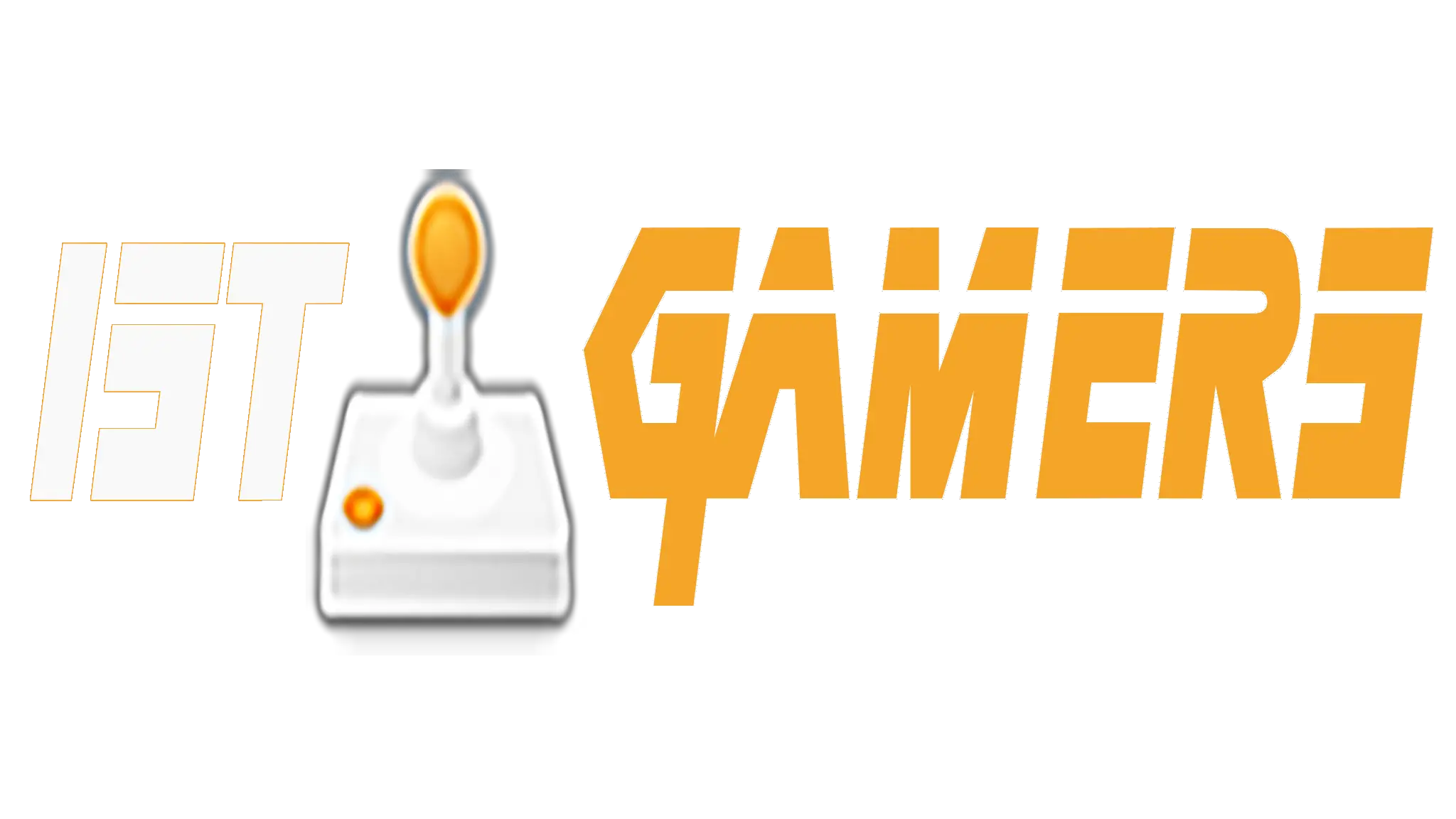The build overall is a mix of inspirations from Nintendo’s two earliest handhelds, with some original elements. The bright, funky colour schemes evoke the original Game Boy more than the Color, as do the large satisfying buttons and ca-thunky power switch. But like the Color there’s an IR blaster and Link Cable port for multiplayer, which works between Chromatics or with real Game Boys, plus a 3.5mm headphone jack and a pair of attachment points for dangling charms.
The most impressive part of the whole hardware package though is the display. Every other modern Game Boy imitation or replacement screen for Nintendo’s old devices has a higher resolution than the Game Boy Color, largely because developers have to settle with what manufacturers are making. The Chromatic has a beautiful and bright backlit display, so it’s much easier to see what you’re playing than it was back in the ’90s, but what sets it apart is that it’s exactly 160×144 pixels, for a perfect replication of the original graphics.
Modern platforms and digital games are undoubtedly far more convenient, but there’s something so lovely about tangible cartridges and the tactile feeling of clicking them into a machine. The Chromatic scores very highly when it comes to replicating that feeling, but it’s also spectacular in terms of running the games.
An FPGA means generally very accurate play because it’s mimicking the old device at a circuit level, and combined with that 1:1 ratio backlit screen, a loud speaker and great controls, you end up with an authentic version of your own games, freed from the technical limitations of 1998.

The Chromatic is an ideal monster-catching machine, assuming the battery in your cartridge still works or you’ve replaced it.Credit: Tim Biggs
Something old, something new
I revisited some of the greatest games of the era on this machine, including Pokemon Crystal, The Legend of Zelda: Oracle of Seasons and Wario Land 3, with every one looking and feeling its best. If you pop in an original Game Boy game, say, Tetris or Donkey Kong or Super Mario Land, you get an elevated version of what you’d get on a Game Boy Color, which is to say they’re crudely colourised with your choice of a dozen or so palettes.
Modretro is also working with developers and rights holders to produce brand-new cartridges. It currently includes a new licensed Tetris, an excellent version complete with a deft remix of the iconic Game Boy theme. There are new indies, such as the Pokemon-meets-Final-Fantasy Dragonyhm and the monochrome survival horror Traumatarium Penitent, plus reissues of old games, among them Toki Tori and Baby T-Rex. These are well-made cartridges that use stable modern chips for saving progress, not the volatile battery-powered memory as in original Game Boy games, and some come with themed charms for dangling. They cost up to $75 each, which is quite steep.

Game Boy is a very popular platform for current game developers looking to make something inspired by the classics.
The Chromatic has a light options menu that lets you adjust brightness and tweak some settings, but otherwise it’s rather bare bones. You can connect it to a PC to update the firmware (Modretro tells me there’s a fix coming for the only FPGA error I found; a problem with the gyroscope controls in Kirby Tilt ‘n’ Tumble). There’s no way to play on a TV or attach an external controller, but you can get the video to a PC via USB-C for capture or streaming.
The obvious thing missing, which virtually every other Game Boy clone has, is the ability to play games from SD card storage rather than a cartridge. This allows for playing illegal pirated games, but it also means you can play new games from independent developers publishing their games online, costing $2-$10 rather than $75. There are also plenty of fan-made fixes for old games that address problems or properly colourise original Game Boy games. You can use expensive developer cartridges designed for Game Boy Color to play that stuff (I tested an Everdrive-GB X7 on the Chromatic and it works great), but this is one of a few points where Modretro’s focus on faithfulness weakens it compared to some other options.
Loading
For an extra $30 you could get an Analogue Pocket, another FPGA machine that can play games from cartridges or SD card covering dozens of classic devices. And for a lot less, there are heaps of Linux- and Android-based machines from China that are shaped like your favourite old consoles and will play anything you want. Those are lower quality across the board and you can’t use your own cartridges, but the devices start at about $60.
Even if the Chromatic is incredible, its target market would seem rather narrow. This is a machine purely for Game Boy Color devotees, who have or are willing to acquire games on cartridge, and who don’t mind paying extra for supreme build quality and a focus on accuracy.
Get news and reviews on technology, gadgets and gaming in our Technology newsletter every Friday. Sign up here.






_(2)-218x150.png)





























